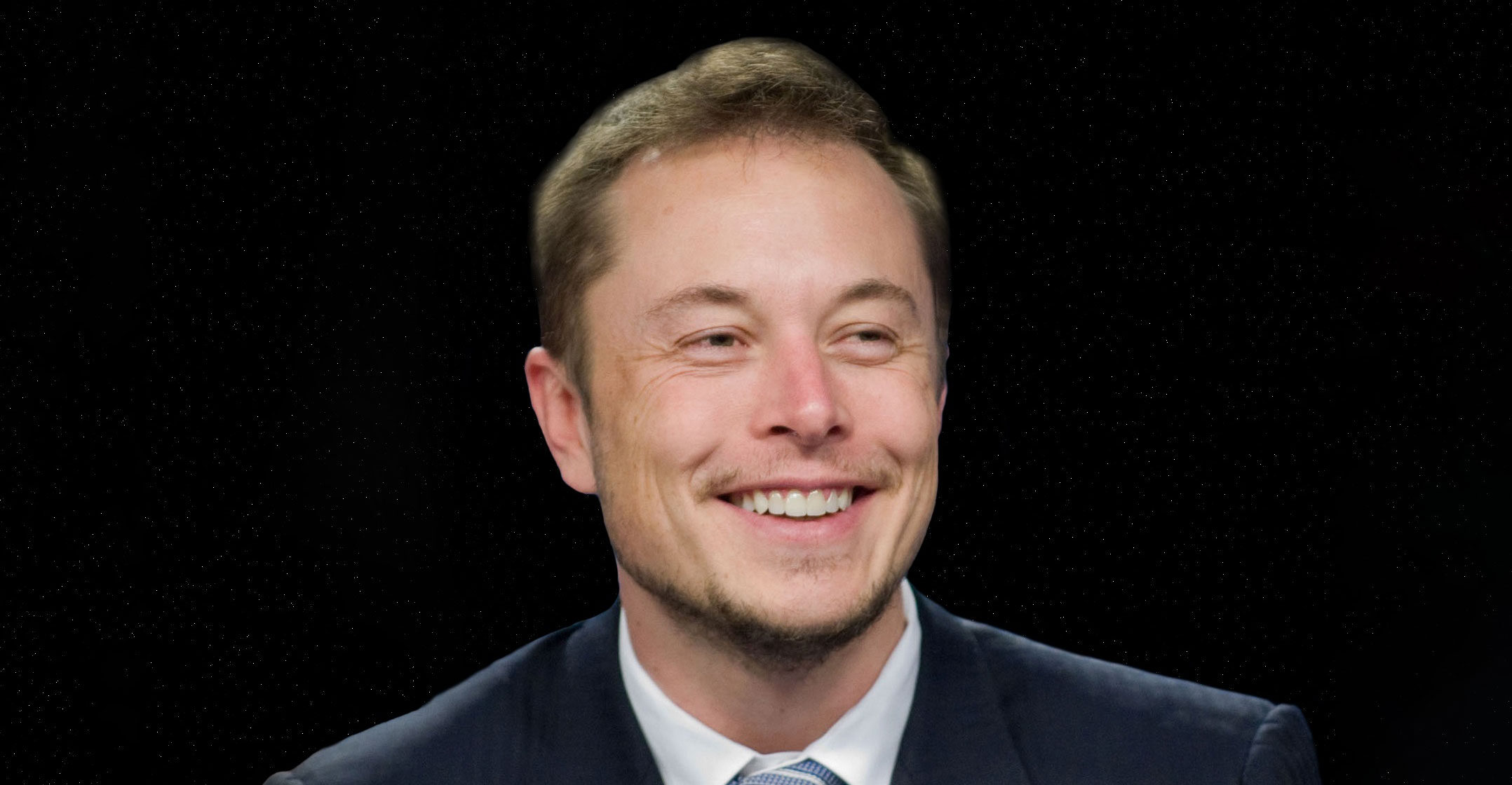
Elon Musk’s satellite network Starlink is on track to beam broadband Internet everywhere in the world except polar regions by August, he said on Tuesday.
SpaceX has launched more than 1 500 satellites so far and has Starlink operations in about a dozen countries, Musk said during a presentation at the Mobile World Congress conference. That’s costing a lot. SpaceX’s total investment in the network will be between US$5-billion and $10-billion before cash flow is positive, he said.
“We recently passed the strategically notable number of 69 420 active users,” Musk joked. “We’re I think on our way to having a few hundred thousand users, possibly over 500 000 users within 12 months.”
SpaceX aims to offer broadband to as much as 5% of the world’s population where conventional fibre and wireless networks can’t reach. Musk said he’s signed two deals with “major country” telecoms operators but he couldn’t name them yet, and he’s in discussions with more. Starlink will provide so-called “data backhaul” spines for their networks. The satellite network currently moves about 30Tbit/s, and Musk said he’s targeting a user latency — or network response time — of less than 20 milliseconds.
Inter-satellite laser links
Musk, who turned 50 on Monday, discussed several additional upgrades in the works during an update on the $74-billion SpaceX business.
The company is set to launch a new version of Starlink’s satellites next year that will have inter-satellite laser links to help them cover polar regions. Its engineers are developing a new ground terminal to stem losses: The dishes customers are currently installing on rooftops cost more than $1 000 to make but only retail for half that, he said.
SpaceX is also planning an orbital flight of its giant Starship rocket “in the next few months”, he said. — Reported by Thomas Seal, (c) 2021 Bloomberg LP




